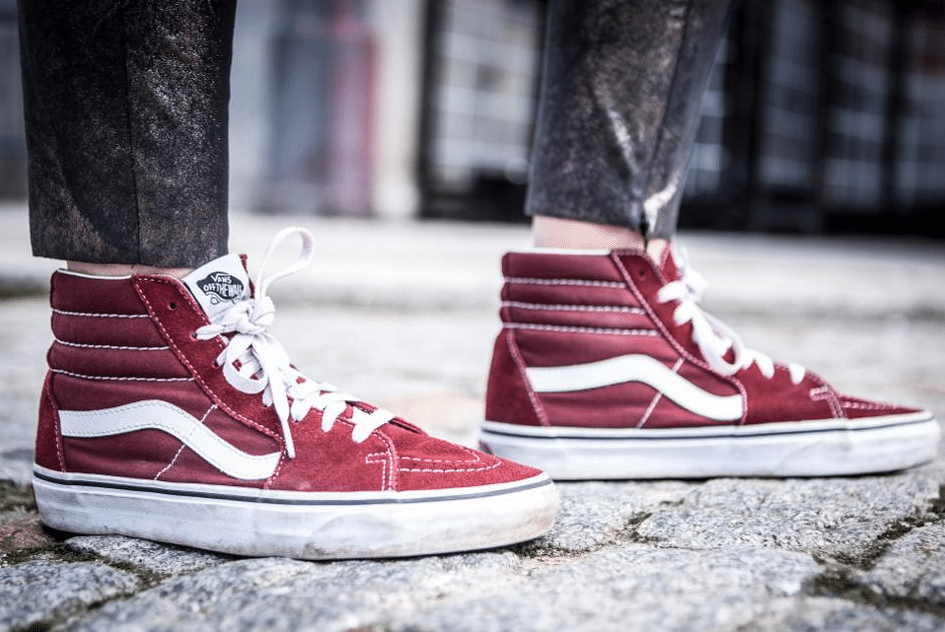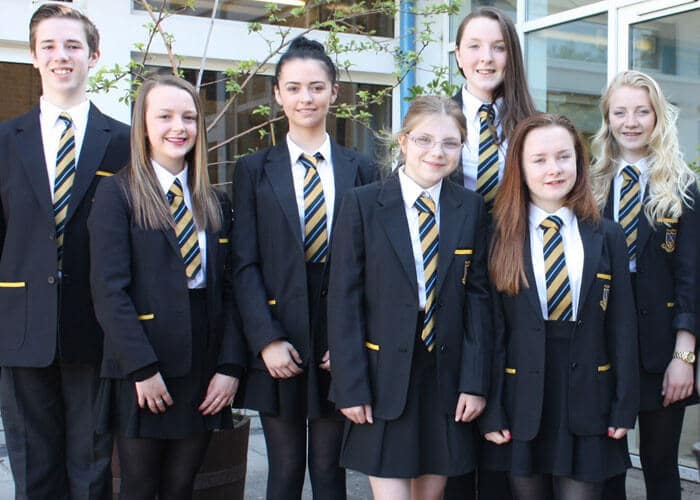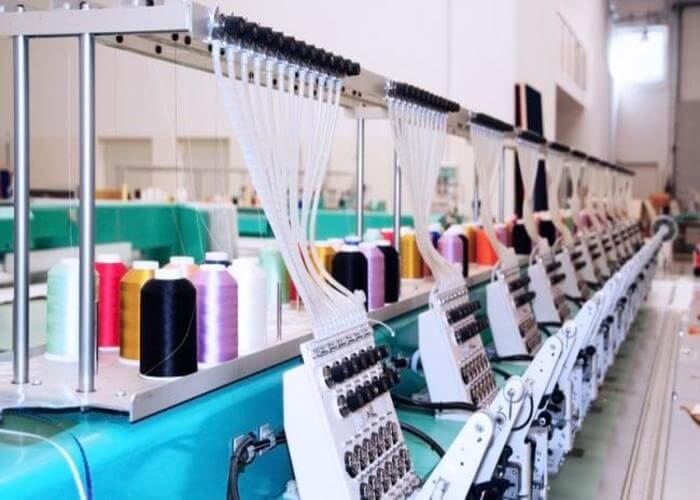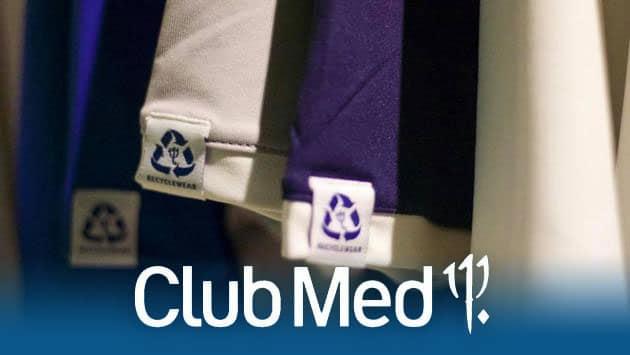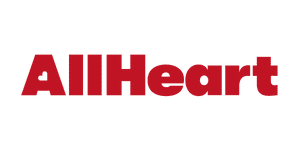VF Corp., parent of brands from North Face and Timberland to Vans and Wrangler, saw its shares surge to another record high on Friday after it reported better-than-expected fiscal Q1 results and raised its full-year outlook.
For good reason.
At a time when many in the fashion industry are struggling to drive growth and contend with shifts in consumers’ wallet share to tech gadgets, home and travel, the Greensboro, N.C.-based VF VFC +0.3% reported that revenue in the quarter ended June 30 surged 23%, to $2.8 billion, thanks partly to acquisitions of Dickies work uniform parent Williamson-Dickie, Icebreaker merino wool apparel and Altra running shoes in the past year.
Excluding the combined $249 million contribution those acquisitions made to sales, revenue still climbed 12% on gains across most of VF’s segments (and 10% minus foreign currency translation impact). Net income surged 46% as gross margin also widened.
Why? VF is responding to the needs and wants of consumers. Just look at the 35% sales jump in Vans sneakers, for instance. Vans, which was bought by VF in 2004, was once considered a niche skate and surf brand tucked away in the corners of retail stores, but it now commands central displays and prime shelf space at many stores to compete head-on with the likes of Nike.
And don’t say the brand is just benefiting from the hot athleisure trend. Vans has cracked the code on how to attract young consumers with such collections as Marvel Comics tie-ups. It also answered the personalization (and Instagram/social-media bragging) needs of millennials and Gen Z consumers by allowing them to design their own shoes featuring prints from a family photo or an artwork. To respond to consumers’ instant gratification demands, VF cut down the so-called product cycle time for those personalized products by half, to about three weeks. That’s a feat in a sneaker industry where traditional cycle time could take up to 18 months.




